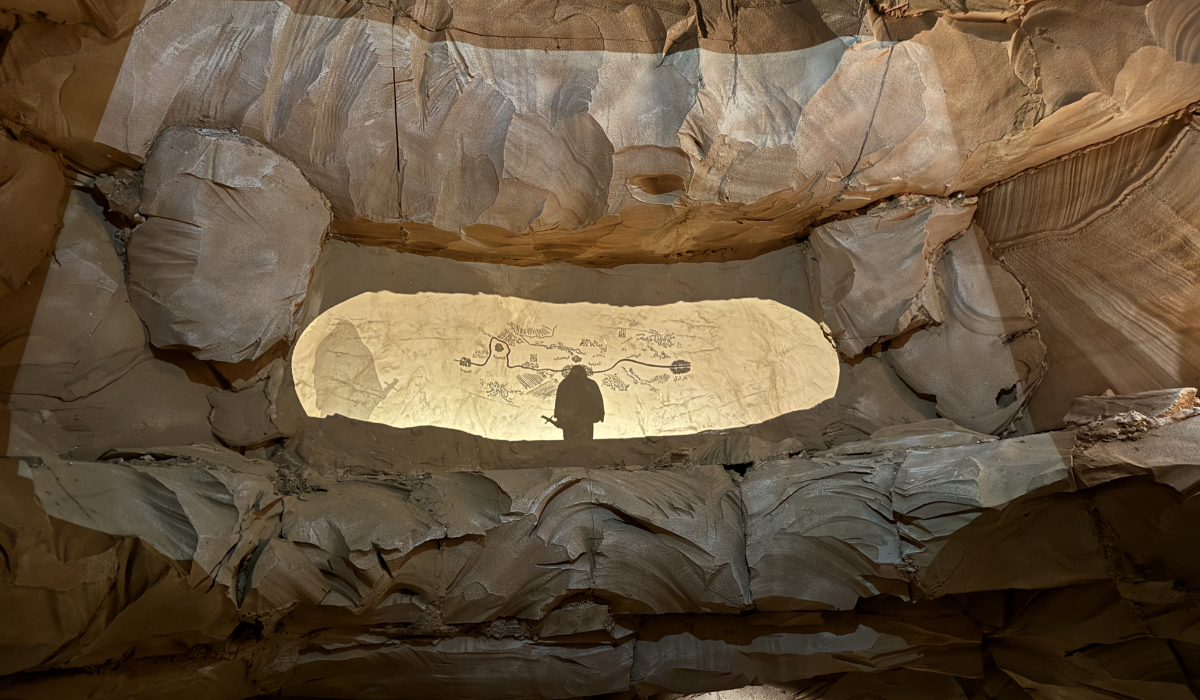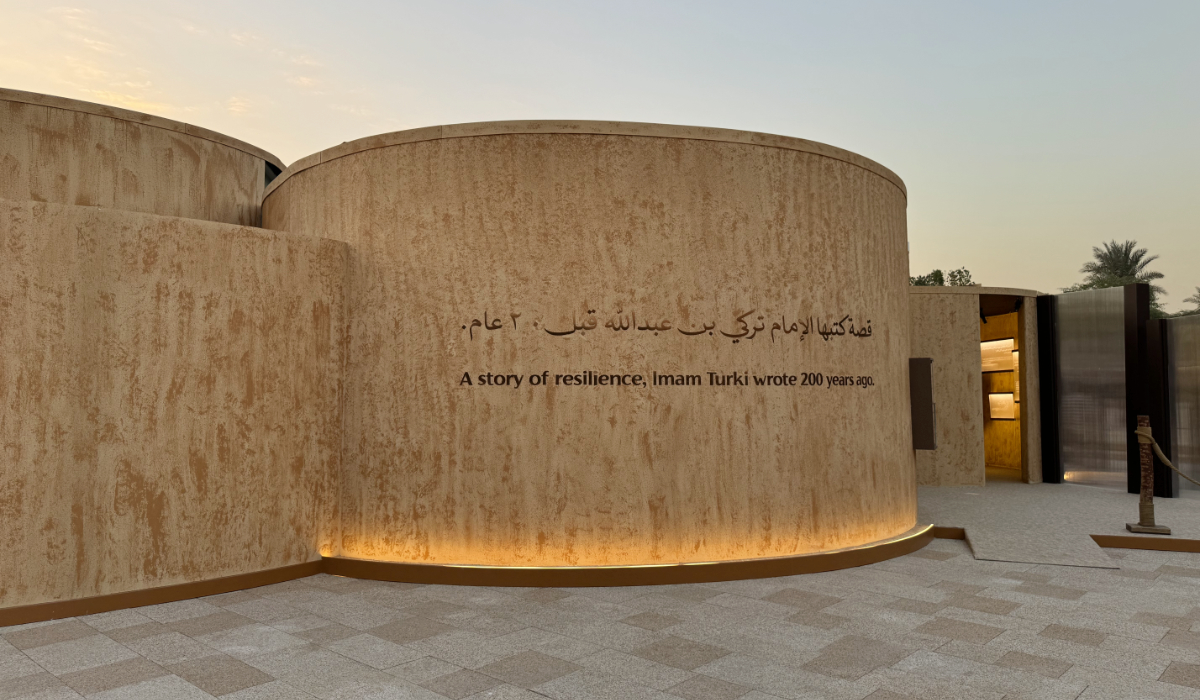RIYADH: Dr. Abdullah Al-Rabeeah, supervisor-general of the Saudi aid agency KSrelief, participated in the high-level event “Building a Better World Together: The Future of Humanitarian Action” in New York.
The event was held on the sidelines of the Summit of the Future, part of the 79th session of the UN General Assembly, the Saudi Press Agency reported on Sunday.
Al-Rabeeah said: “At this important event, we aim to explore the challenges and opportunities available to improve the future of humanitarian action and to join our efforts and resolve to align global humanitarian action with the core principles of the UN Charter and the Sustainable Development Goals.”
He discussed the unprecedented challenges facing humanitarian efforts, including violations of international law, displacement, conflicts, and natural disasters, which require effective mechanisms to alleviate pressure on the humanitarian aid system.
He reaffirmed Saudi Arabia’s commitment to current and future humanitarian initiatives through KSrelief, which, since its establishment in 2015, has implemented over 3,000 projects in 102 countries, costing $7 billion, in partnership with 192 humanitarian organizations.
Al Rabeeah said: “We are aware that achieving successful future outcomes requires the implementation of sustainable solutions through innovative and proactive measures, as well as a commitment to accountability to affected populations.”
The supervisor-general highlighted Project Masam, which focuses on clearing explosives in Yemen to ensure safety and promote several SDGs related to public safety, healthcare, education, and livelihoods.
He noted that the event was an opportunity to reflect on how multilateral approaches can address challenges and enhance efforts to build a better world.
Al-Rabeeah stressed that KSrelief “is committed to applying the nexus approach, integrating humanitarian action with development and peace efforts. This comprehensive framework is essential for understanding the complex nature of humanitarian interventions.”
He added: “By working hand in hand, we can alleviate human suffering, empower communities, address the root causes of crises, and promote respect for international humanitarian law and humanitarian principles, ensuring equal opportunities for all and fostering hope for a better world.”
The high-level side event was co-hosted by the Inter-Agency Standing Committee and its secretariat, alongside members including the International Council for Voluntary Agencies, the International Federation of Red Cross and Red Crescent Societies, InterAction, the UN Office for the Coordination of Humanitarian Affairs, UN High Commissioner for Refugees, UNICEF, Saudi Arabia, the African Union, Slovenia, and Spain.






































